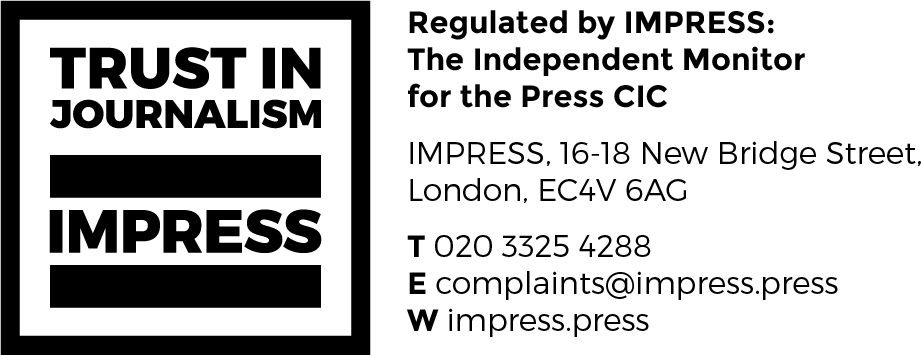How long is a piece of string(ent underwriting)?

Well, just how long is it? Over the past 12 months the answer has certainly grown in length and complexity. A lot of lenders, whilst still happy to finance, have been making already stringent underwriting processes even more demanding.
Yachts are no different, whilst fortunately Superyacht Investor (SYI) has not seen any lenders leave the market or temporarily pause their lending, they have had to increase their scrutiny. Paying particular attention to the client’s business sector and the pandemic’s impact on that industry. There has also been sharper focus on an applicant’s liquidity and what are the draws on that liquidity. Again, paying particular attention to the pandemic’s impact.
“It is of no surprise that lenders have tightened an already stringent underwriting process for yacht finance,” Leon Batchelor, partner, Carrig Partners told Superyacht Investor. “The lenders’ approach has been constant, albeit with an undertone of enhanced analysis.”
Despite this, Carrig Partners has already seen a number of refinancing enquiries mainly from owners wanting to release equity from their yachts this year. This is not for liquidity that might be expected, but because they believe that the vast amounts of liquidity injected by central banks to support their economies will result in sustained inflation growth.
Batchelor added: “Owners are releasing equity from their yachts to ride on the coat tails of inflation and invest in fixed assets like real estate, which they believe will appreciate significantly as a result.”
‘Ride on the coat tails of inflation’
Credit Suisse’s head of Aviation & Yacht Finance, Michel Buffat said he believes the market is strong despite last year being an unusual year for the bank. Credit Suisse performed better than in 2019, said Buffat, but only in nine months of the year. “Talking to brokers and yacht builders, business seems to continue in the first months of 2021 on the high level that 2020 ended.”
Buffat has also seen clients attempting to preserve their liquidity by financing yacht purchases. Plus an increase in so-called equity releases or refinancings, where clients arranged financing after having paid cash previously.
The yacht market has shown to be very resistant to this crisis, said Buffat. “Demand for pre-owned yachts is as strong as pre-Covid and it seems that orders are still being placed for new yachts. Prices are at pre-pandemic levels. This is an important basis for lenders to continue offering their products. We certainly see competition being active, which is a great sign for clients.”
Yacht finance is already a small, fragmented sector and there are not the same levels of participating lenders as in other asset classes, according to Batchelor. If you follow the logic that fewer yachts will have been sold throughout the pandemic than in other years, then overall there has been a decrease in the level of yacht finance agreed, he said.
Lenders have been extremely busy
Activity levels have remained busy from summer last year. Based on the conversations Batchelor has had, yacht lenders have been extremely busy – particularly the production yacht and superyacht entry level sections of the market.
Below 75m there is a lot of pent-up demand. Buyers on the fence are coming to the realisation ’life is too short’ and are now making that purchase. While the typical run rate of buyers entering the market annually has not dwindled, according to Batchelor. The issue is that many owners do not want to sell, so the industry could potentially face a situation of demand outstripping supply.
“Under any normal circumstances, this would create a sellers’ market, however not that many people are interested in selling. They view holidaying aboard their yacht as a known and calculated risk in respect to the possibility of contracting Covid,” said Batchelor.
Covid-19 threw long-term planning out of the window, but demand is just that – demanding. Looking at the question of new build versus brokered yacht, it very much depends on whether or not a buyer is willing to wait for the construction lead time.
‘Seeing the usual suspects’
“In the current environment, most clients want to take delivery now. Keep in mind also, that clients haven’t been able to visit the shipyards, which is integral to do before signing for a multi-year construction project,” said Batchelor.
Daniel Aquilina, partner, Ganado Advocates told SYI that he is seeing more new build enquiries in 2021. Mainly for smaller tonnage vessels which could point to new entrants.
“We are seeing the usual suspects [in terms of financiers],” he said. “To give a general idea of what we are working on at the moment: we have a 33m yacht, another at 80m, another one at 38m. All are active files.”
A year on from the pandemic’s onset Aquilina believes it is still too difficult to judge the impact of the pandemic on yacht financing. The Malta-based lawyer said: “From what we are seeing, I wouldn’t say business as usual, but nothing alarming at this stage from our end.”
“I would say it’s fairly stable. I wouldn’t dare predict the future because everything is so unpredictable in this day and age. We are starting to see some areas of our firm begin to take a hit from Covid, but in yachting financing things seem to be stable now at least.”
Just like a piece of string, every yacht, project, bank or lender is different and relative to that transaction. And whilst Covid-19 has certainly made lenders more cautious in their approach, as long as there is a supply of yachts, the search for financiers should not be challenging in 2021.

